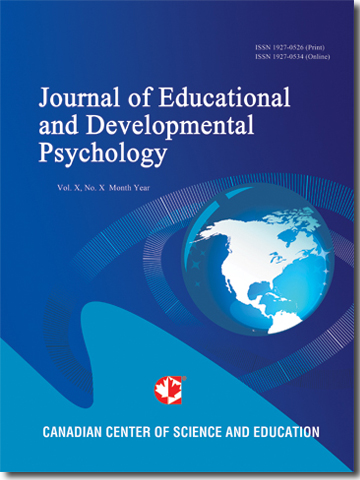Effect of Repeated Testing on the Development of Secondary Language Proficiency
- Jari Metsämuuronen
Abstract
Karpicke & Roediger (2008) showed that delayed recall is optimized, not with repeated studying sessions, butwith repeated testing sessions. The result was very soon re-interpreted by Lasry, Levy and Tremblay (2008), who
hypothesized that repeated testing may lead to multiple traces in one’s memory, which facilitates recall. The aim
of the study was, first, to test whether the results of the Karpicke & Roediger study of repeating similar tests are
applicable in real life with dissimilar, though equated, tests of a gradually increasing level of difficulty in
Biblical Hebrew language with no connection to the use of the spoken language in everyday life. Second, the
aim was also to reveal the profiles of the students’ proficiency levels of during the study process. Randomized,
matched-pairs (N = 7 + 7) of students with the same teacher, the same lessons and the same routines participated
in the experiment. The intervention for the experimental group consisted of a set of short, ten-minute tests during
each three-hour study session held twice weekly. IRT modeling with linking items served to equate the test
scores. ANOVA was used to analyze the gain score between the pre-test and post-test. The experimental group
improved statistically significantly more than did the control group. The learning curve was a nonlinear, wide U
or J shape after the first elementary period of learning the letters and basic vocabulary. The repeated testing
sessions helped the students raise their language proficiency level more than without the repeated testing
sessions. Although the groups were small, the effect was high (Cohen’s d > 1.0 or d > 1.5 depending on the
indicator). The result supports the idea that Karpicke & Roediker’s results may also be applicable when the tests
measure different topics with the different in each test.
- Full Text:
 PDF
PDF
- DOI:10.5539/jedp.v3n1p10
Journal Metrics
(The data was calculated based on Google Scholar Citations)
1. Google-based Impact Factor (2021): 1.11
2. h-index (December 2021): 29
3. i10-index (December 2021): 87
4. h5-index (December 2021): N/A
5. h5-median (December 2021): N/A
Index
- Academic Journals Database
- CNKI Scholar
- Copyright Clearance Center
- CrossRef
- Elektronische Zeitschriftenbibliothek (EZB)
- EuroPub Database
- Excellence in Research for Australia (ERA)
- Harvard Library
- Jisc Library Hub Discover
- JournalSeek
- JournalTOCs
- LIVIVO (ZB MED)
- LOCKSS
- MIAR
- Open Access Journals Search Engine(OAJSE)
- PKP Open Archives Harvester
- Publons
- ROAD
- Scilit
- SHERPA/RoMEO
- Standard Periodical Directory
- Stanford Libraries
- Technische Informationsbibliothek (TIB)
- UCR Library
- UoB Library
- WorldCat
- Zeitschriften Daten Bank (ZDB)
Contact
- Carol WongEditorial Assistant
- jedp@ccsenet.org
